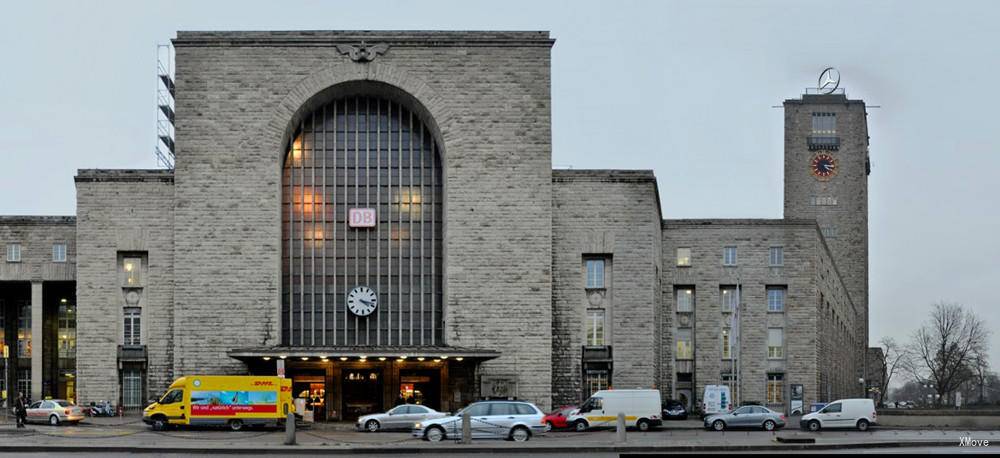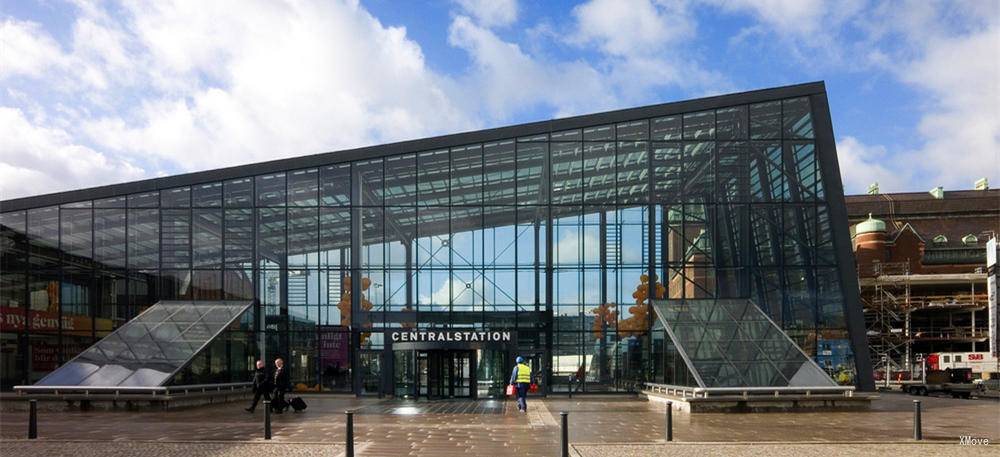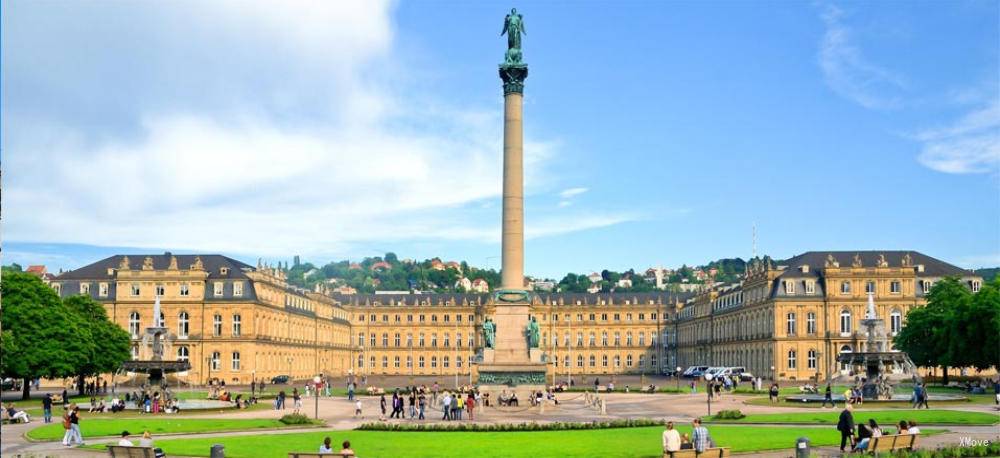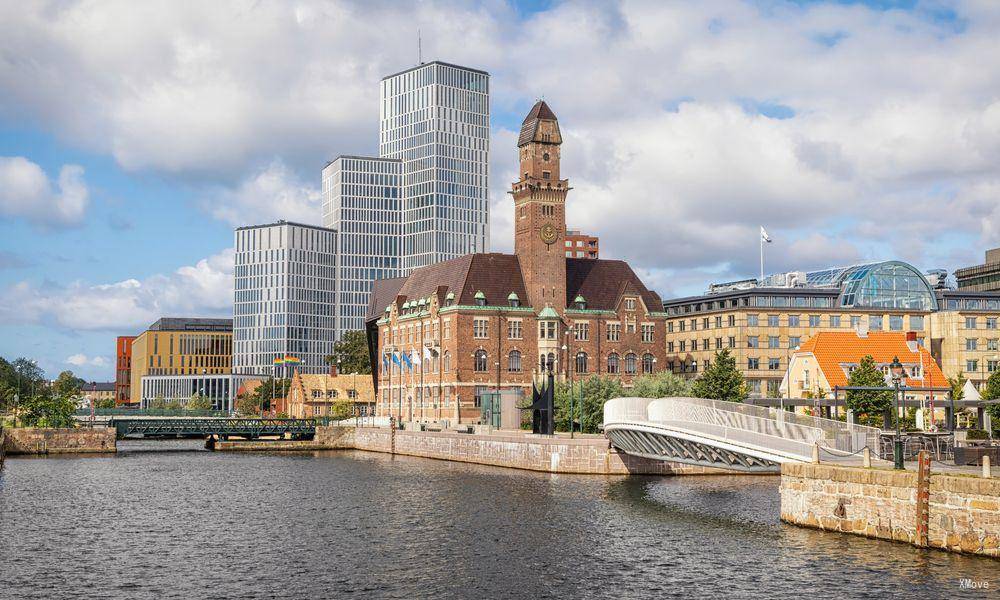Malmoe Central
Introduction
Malmö Central Station is the railway station on the southern line of Malmö, Sweden. It was built in 1856 and receives approximately 17 million passengers a year. With the opening of the urban tunnel in 2010, the station began to connect services, connecting the south to Copenhagen via the Øresund line and then to the station north of the southern main line, saving passengers at least 15 minutes.
Platform
Stations 1-7 are located in the old station and are serviced under the lovely vaulted roof. The newer part of the station has stations 1a – 4a and 1b-4b.
Please note that station 1 is different from station 1a.
Most local/commuter trains use the Öresundståg trains in Denmark and the Snabbtag trains from Malmö to Gothenburg and Stockholm.
If you are going to Copenhagen, please note that the Swedish name of the Danish destination is used on the departure screen, so Copenhagen = Kopenhamn.
The Öresundståg train to Copenhagen/Copenhagen takes Helsingor as its final destination (if you travel to Helsingborg, please don't confuse the two).
Allow some extra time to enter stations 1a – 4a and 1b – 4b, especially if you have luggage and want to use the elevator. When you arrive at these stations by train, you don't have to use the escalator surface, and there is a lift in the rear position, which is more convenient.
If your train is leaving the platform on the lower floor, please note that they are longer stations, divided into 1a and 1b, and your train will depart especially from 1a and so on.
In addition, these stations do not have an area, so if you take the Snabbtag train from the lower level, make sure you are at 1a or 2a and wait in the middle of the platform.
In addition, the multilingual signage at Malmö Central Station is particularly well designed and can be taken care of.
Malmoe Central - Station Guide | Departures and Arrivals | Popular Routes








